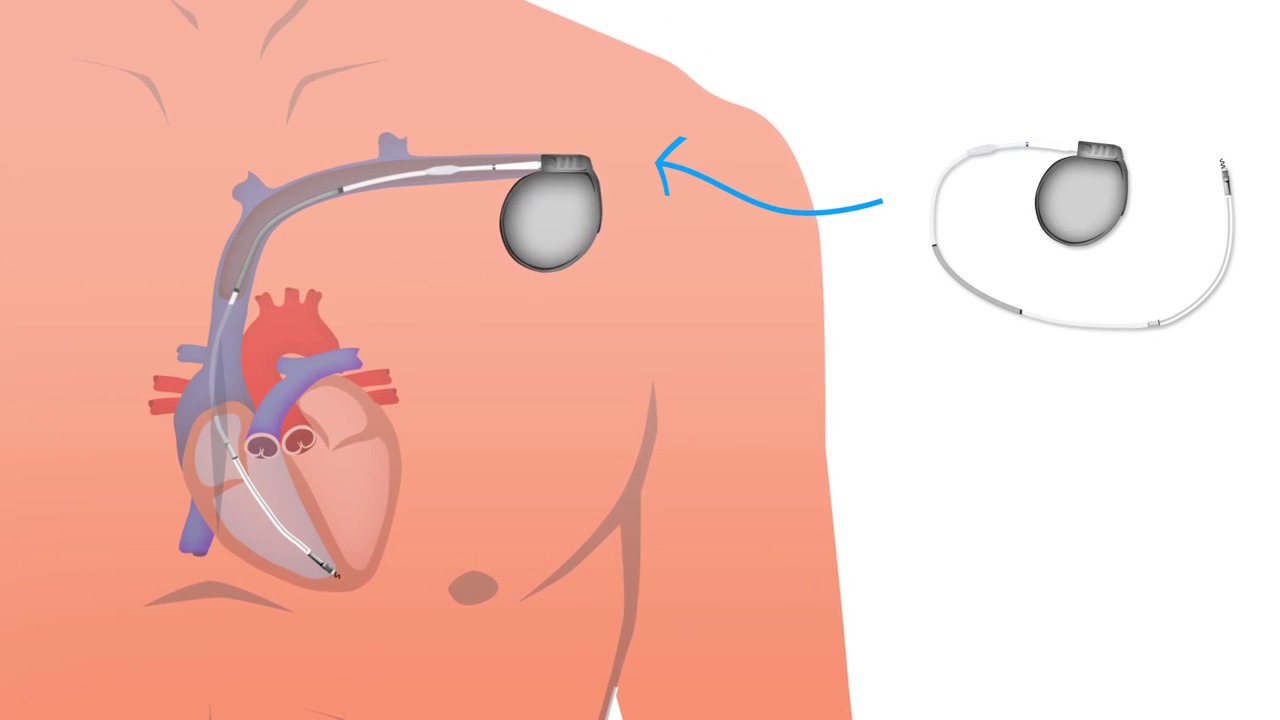

Vital Beat offers special protection wear for you and your device. What is the difference between a pacemaker and an ICD? Small electric pulses, that you won’t be able to feel, are sent through the wire to your heart when needed.Ī CRT-pacemaker is a version of a pacemaker, which besides treating an irregular heartbeat also sends small electric pulses to your left and right ventricles to help your heart pump more efficiently.
#IVCD PACEMAKER SKIN#
The device is implanted at this location underneath the skin and the wires are led through a vein to the heart.

The Investigators propose to assess the 90 day- ventricular pacing, atrioventricular block (AVB), intraventricular conduction delay (IVCD), bundle branch block (BBB), and rate histogram incidence in those patients who undergo pacemaker implantation due to elevated risk (or occurrence of) high-grade AV block after TAVR. Both manufacturers' pacemaker programmers and remote monitoring systems allow for demonstration of the percentage of ventricular pacing performed by the device. Each of these techniques purports to reduce unnecessary right ventricular (RV) pacing through a novel pacemaker algorithm. Jude Medical's algorithm is referred to as "VIP" (Ventricular Intrinsic Preference). Medtronic's algorithm is referred to as "MVP" (Managed Ventricular Pacing), and St. Each of these manufacturers have pacemakers with algorithms designed to minimize right ventricular pacing. Pacemakers placed at The Heart Hospital Baylor Plano are produced by two manufactures: Medtronic, Inc. In one study, 78% of patients who underwent His bundle electrogram assessment during CoreValve placement had transient or persistent AV conduction system abnormalities during the procedure. 22-28% of patients who receive a CoreValve require permanent pacemaker placement in some studies. Persistent AV conduction abnormalities have been documented in approximately 15% of patients who receive an Edwards Sapien valve, with 4% requiring permanent pacemaker placement. In patients with intraventricular conduction disturbance (IVCD) or complete infra-Hisian atrioventricular block (CAVB) (His bundle electrogram with H not. Male gender, pre-existing AV conduction system abnormalities, transient AV block intra-procedurally, and use of a self-expanding valve have all been associated with increased risk of AV block and need for permanent pacemaker placement. Why Should I Register and Submit Results?ĭevelopment of atrioventricular (AV) conduction system abnormalities requiring placement of a permanent pacemaker (PPM) is a known complication of transcatheter aortic valve replacement (TAVR).


 0 kommentar(er)
0 kommentar(er)
